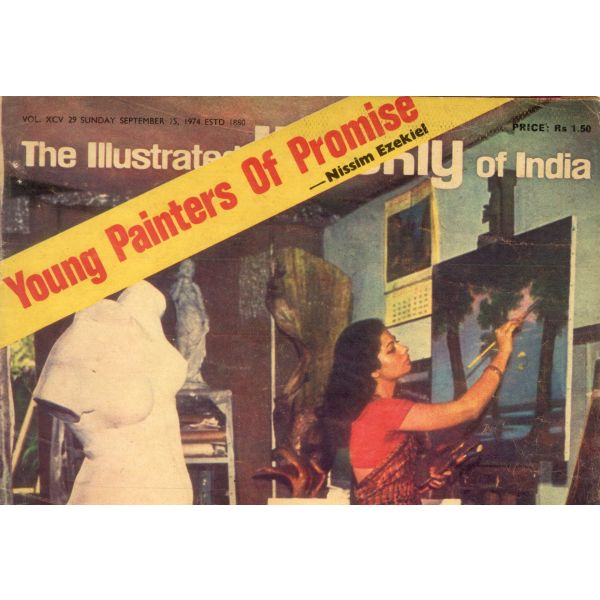Search results for: 'I'm too sad too'
-
 JournalChronicling the Durbar: Images and voices from Delhi$0.00
JournalChronicling the Durbar: Images and voices from Delhi$0.00Who were the significant chroniclers of the Durbars?
Learn More -


Who were the significant chroniclers of the Durbars?
Learn More